Shane Lowry was assessed a two-stroke penalty following his second round at the Open Championship on Friday after the broadcast video feed appeared to show his ball moving slightly when he took a practice swing in the rough on the 12th hole.
Golfing News & Blog Articles
Scheffler cards 8 birdies, holds 1-shot Open lead
Scottie Scheffler made eight birdies on another wild afternoon of weather at Royal Portrush to build a one-shot lead at the Open Championship heading into the weekend.
Bryson: Trump's Turnberry 'worthy' Open host
Bryson DeChambeau says he is all for the Turnberry course in Scotland -- owned by President Donald Trump -- hosting an Open Championship for the first time since 2009.
Safely into weekend, Rory eyes big Open chase
Rory McIlroy carded a 2-under 69 in the second round of The Open to give him back-to-back under-par rounds and, most importantly, a tee time on the weekend.
DeChambeau fights back, improves by 13 shots
Bryson DeChambeau improved his score by 13 strokes and shot one of the low rounds of the day -- a 6-under 65 -- to jump back up to 1 over and make the cut on the number.
Use Alignment Tricks
Using alignment tricks is one of the easiest and most effective ways to improve accuracy and consistency in golf. Most amateur golfers miss their target not because of a bad swing, but because they aimed incorrectly before even swinging. Here’s a breakdown of alignment techniques:
Why Alignment Matters
Proper alignment ensures your swing path matches your intended target line.
Poor alignment leads to compensations in your swing (e.g., slicing or pulling to correct aim).
Key Alignment Tricks
1. The Club-on-the-Ground Drill
Place a club or alignment stick parallel to your target line on the ground.
Set your feet along that club to make sure you’re square to the target.
Spain plans to serve as Ryder Cup host in 2031
The 2031 Ryder Cup will be held in northeastern Spain, the president of the Catalan golf federation told The Associated Press.
Driving Iron Versus Hybrid: Why The Decision Gets Complicated At The Open
It’s always fun to sneak a peek into a professional’s bag the week of a major championship.
Are they making changes? What’s coming in? What’s coming out?
Most weeks on the PGA Tour, there are minor changes. Maybe a 5-wood gets replaced by a 7-wood or someone experiments with a mini driver in place of a 3-wood or they change the bounce on their wedges.
When the Open Championship is being held at a place like Royal Portrush, those little tweaks start to carry a lot more weight.
One of the biggest questions in the long game setup this week is driving iron or hybrid?


This Sun Mountain x Marucci Baseball Collab Is Cool But Is It $2K Cool?
Limited-edition collaborations generally fall into one of three categories: cool, collectible or both.
Cynics, of course, can say they’re also an overpriced waste of money (as opposed to a value-priced waste of money?) but we’re going to keep it light and upbeat today, my friends.
This new limited-edition collaboration from Sun Mountain and baseball bat giant Marucci is most certainly fun and collectible. It also, however, gives you cynics plenty of ammo to fuel your cynicism.
If you want one, plan on setting aside a couple grand.
Just remember: Light and upbeat. It’s not a social statement or anything. It’s just a golf bag.
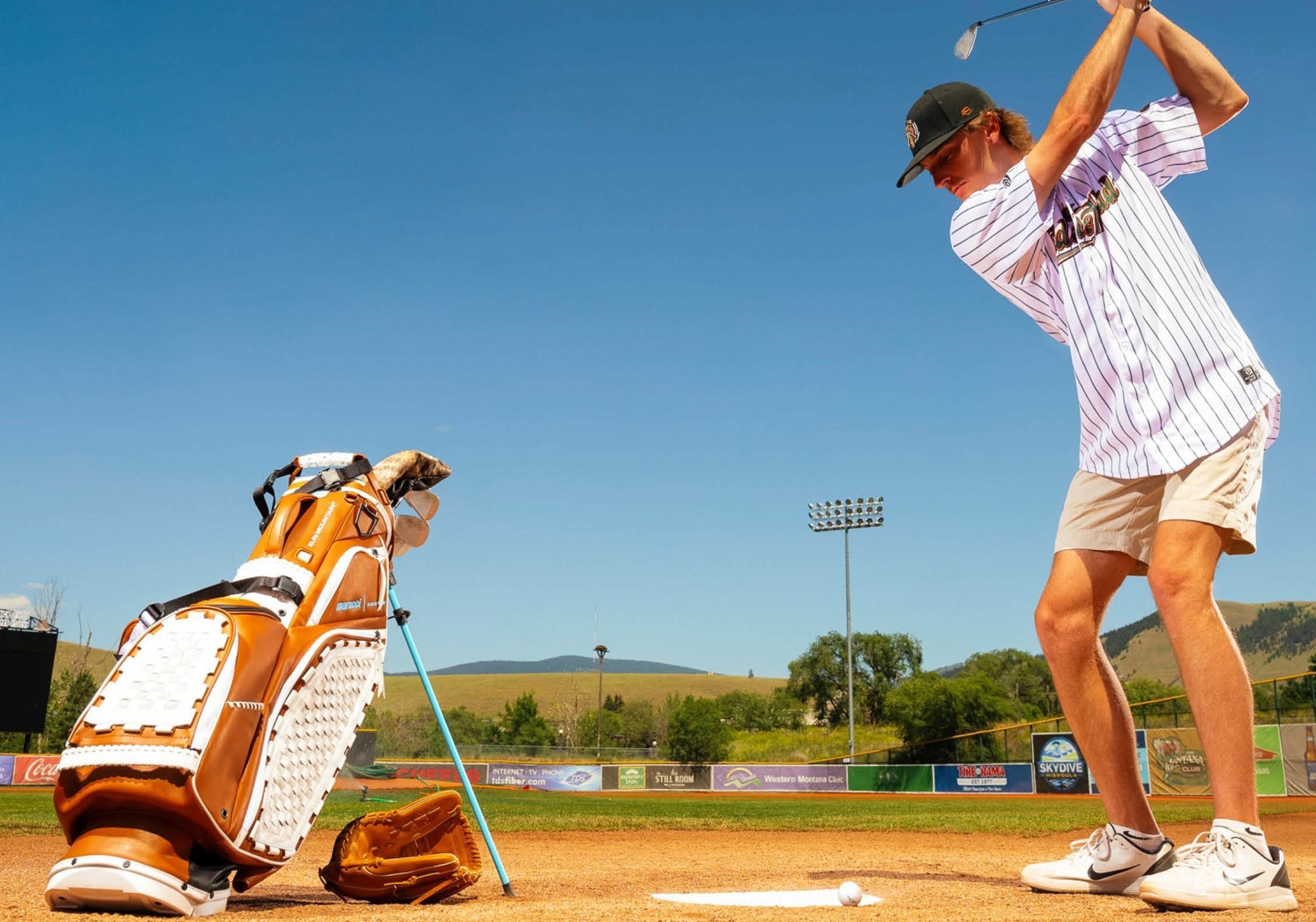

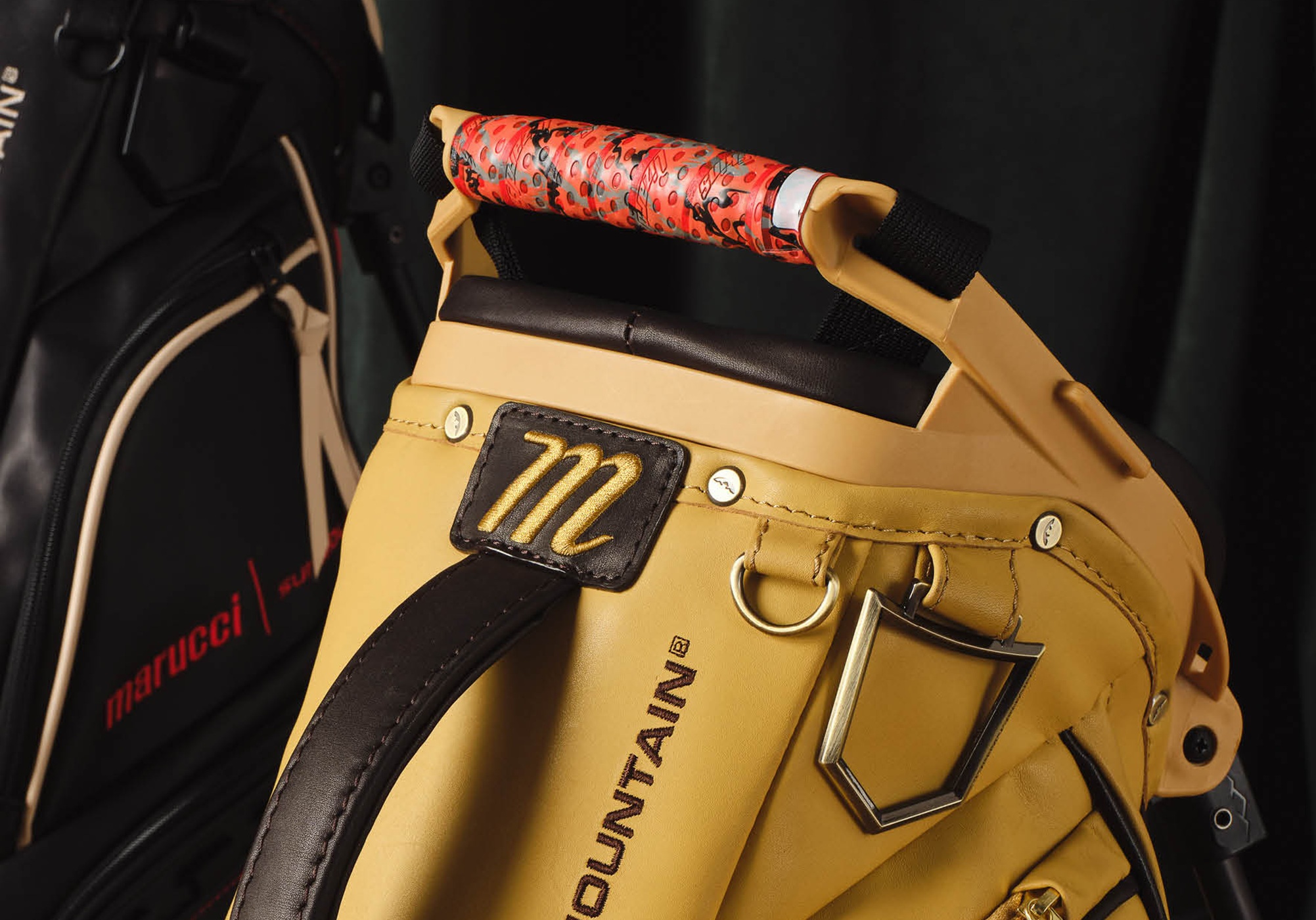
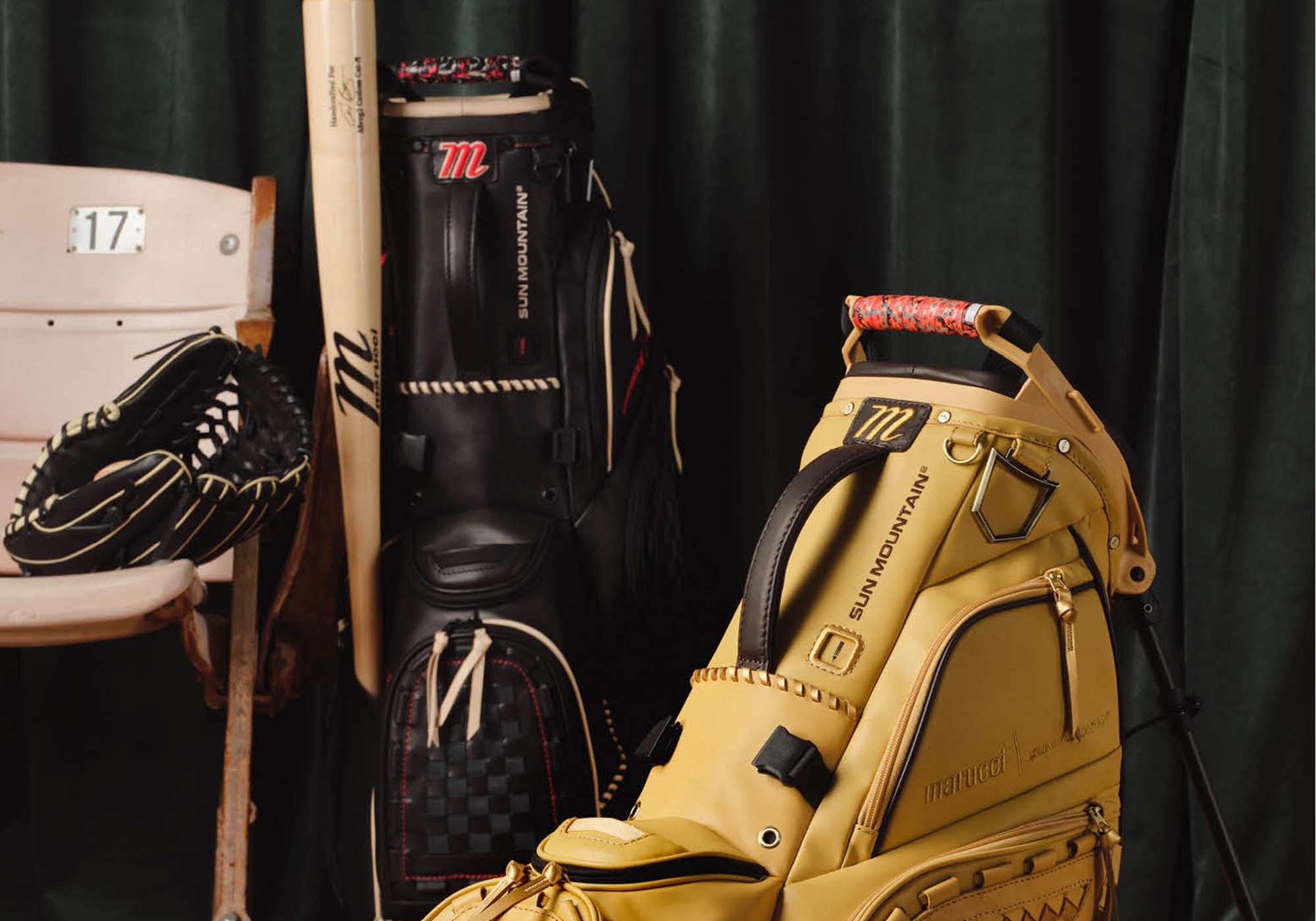
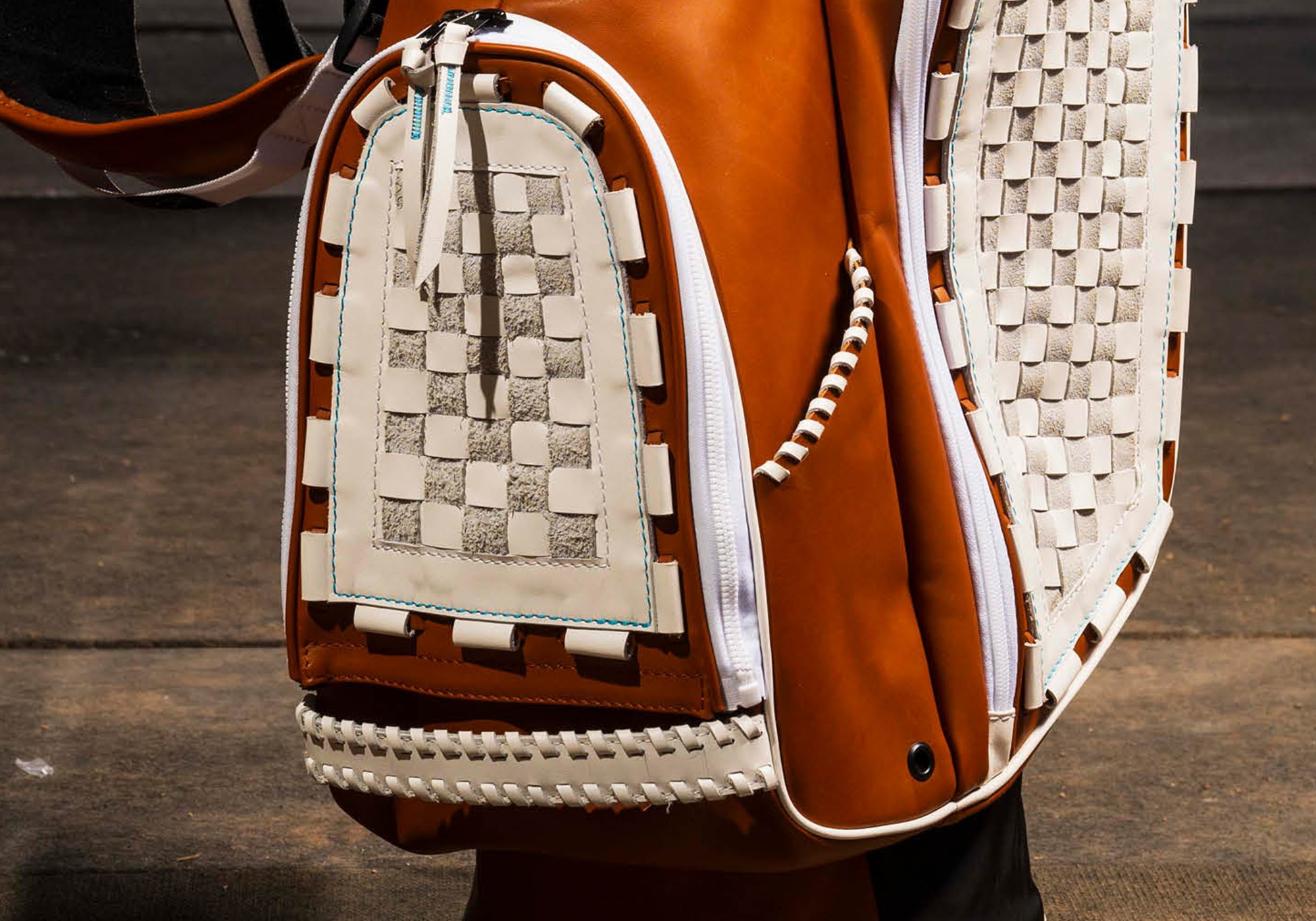
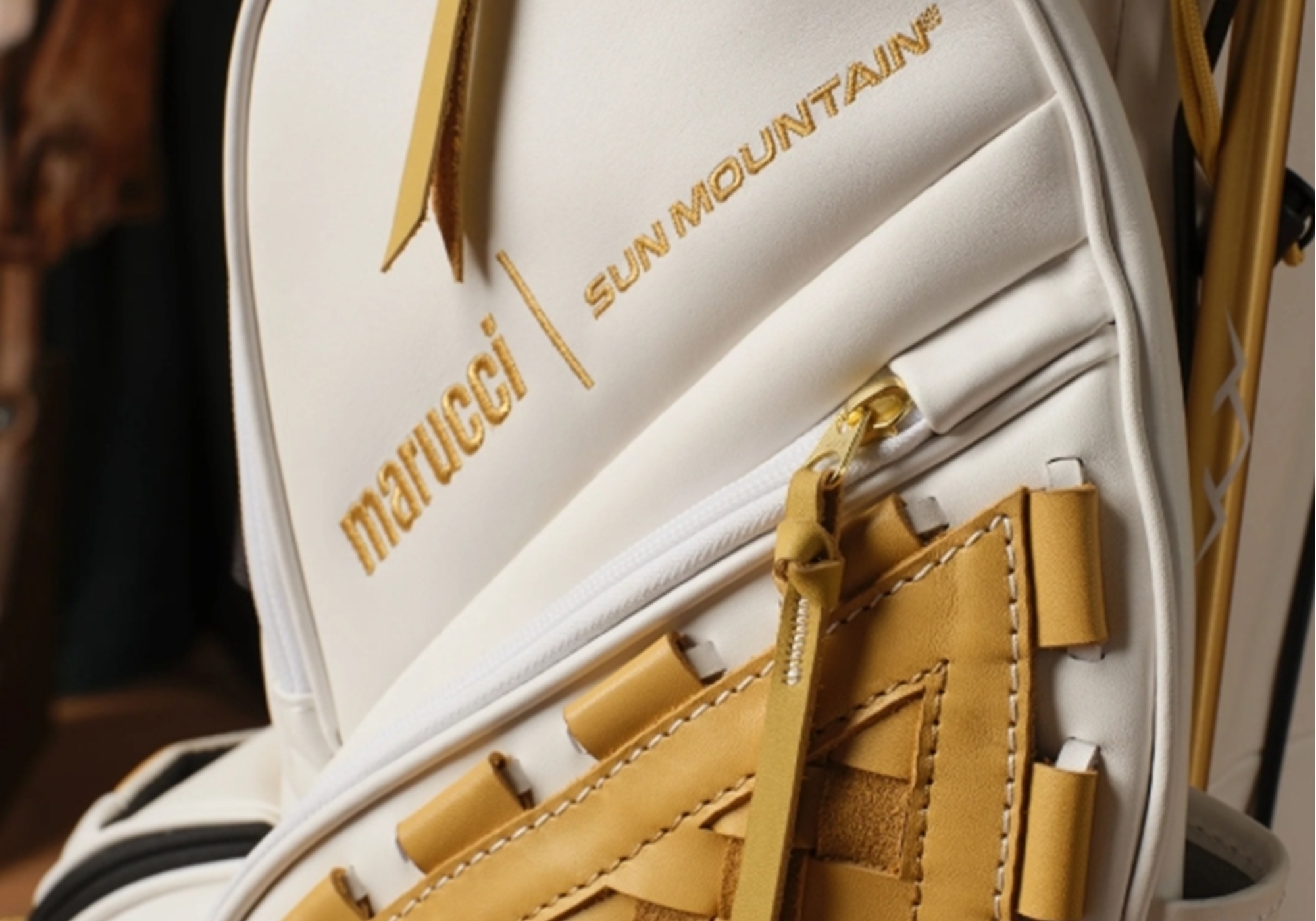
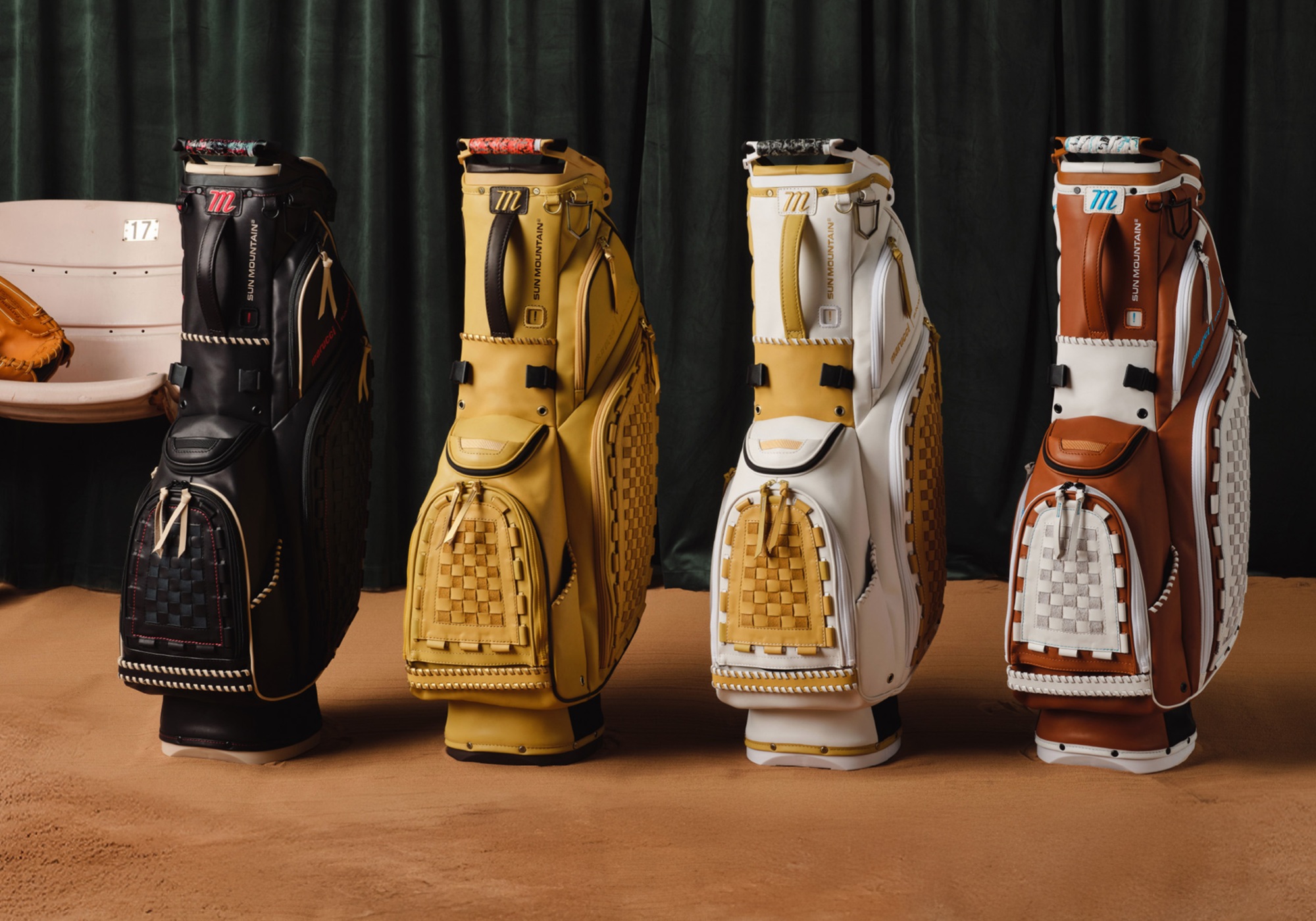
Rory McIlroy's savvy play kept him in the hunt while you were sleeping
Rory McIlroy is racing around Royal Portrush again. A smart choice on the 2nd hole kept him in the running while you were sleeping.
The post Rory McIlroy’s savvy play kept him in the hunt while you were sleeping appeared first on Golf.
Drop Zones At The Open Championship Are Diabolical (And I Love It)
One thing about professional golf that bothers me is when pros hit into a grandstand and get a free drop that clearly benefits them.
Sure, we can all understand that tournament golf at this level comes with infrastructure. You can’t expect pros to climb up into the third row to hit their pitch shot. If the grandstand is in the way, golfers should be entitled to a drop.
However, this has gone too far. It’s reached the point where the grandstands are like bumpers in a bowling alley.
“Oh, there is trouble short of the green? Let me send it 20 yards long into the grandstand where I’ll be in perfectly fine shape.”
That’s out of balance.
5 Mistakes Better Golfers Avoid At All Costs
Sometimes it’s not your best shots that define your round; it’s the mistakes you don’t make. Professional golfers and low-handicap players aren’t perfect. They avoid the big errors that lead to double bogeys, blow-up holes and mental spirals.
If you’re looking to stabilize your game and lower your scores without overhauling your swing, start by learning what not to do. Here are five mistakes better golfers avoid at all costs.
Thinking about hazards instead of targets
Standing on the tee and seeing only the trouble—water left, trees right, bunkers everywhere—is a mindset that can get you in trouble. Thinking about hazards instead of targets leads to tension and tentative swings. Better golfers flip the script. They focus on their intended shot shape, pick a confident target and visualize the ball flight. This positive framing helps them swing freely and commit.
Fix it: Train yourself to pick a target and visualize the shot you want, not the mistake you fear.
Skipping the pre-shot routine after a mistake
When things are going your way, it’s easy to remember to complete a pre-shot routine and take the necessary time to plan your golf shots, etc. After a bad shot (or hole), it’s not as easy to stay composed.

Golf Tee Box Rules Every Golfer Should Know
Most golfers don’t actually know the teeing area rules. They wing it, make assumptions or follow what they think they remember from years ago.
This creates problems. Slow play. Confusion. Arguments that could be avoided. And penalty strokes that golfers don’t even realize they’re taking.
The teeing area (or tee box as it’s commonly referred to) isn’t just a starting point — it’s a defined area with specific rules that can help or hurt your score. Master these basics and you’ll avoid penalties and know what you’re doing.
The teeing area: Bigger than you think
The teeing area extends two club-lengths back from the tee markers and stretches across the full width between them.
You can tee up your ball anywhere within this rectangle, even if it means standing outside it. Just your ball needs to be inside the boundaries; your feet can be wherever feels comfortable. This gives you options.
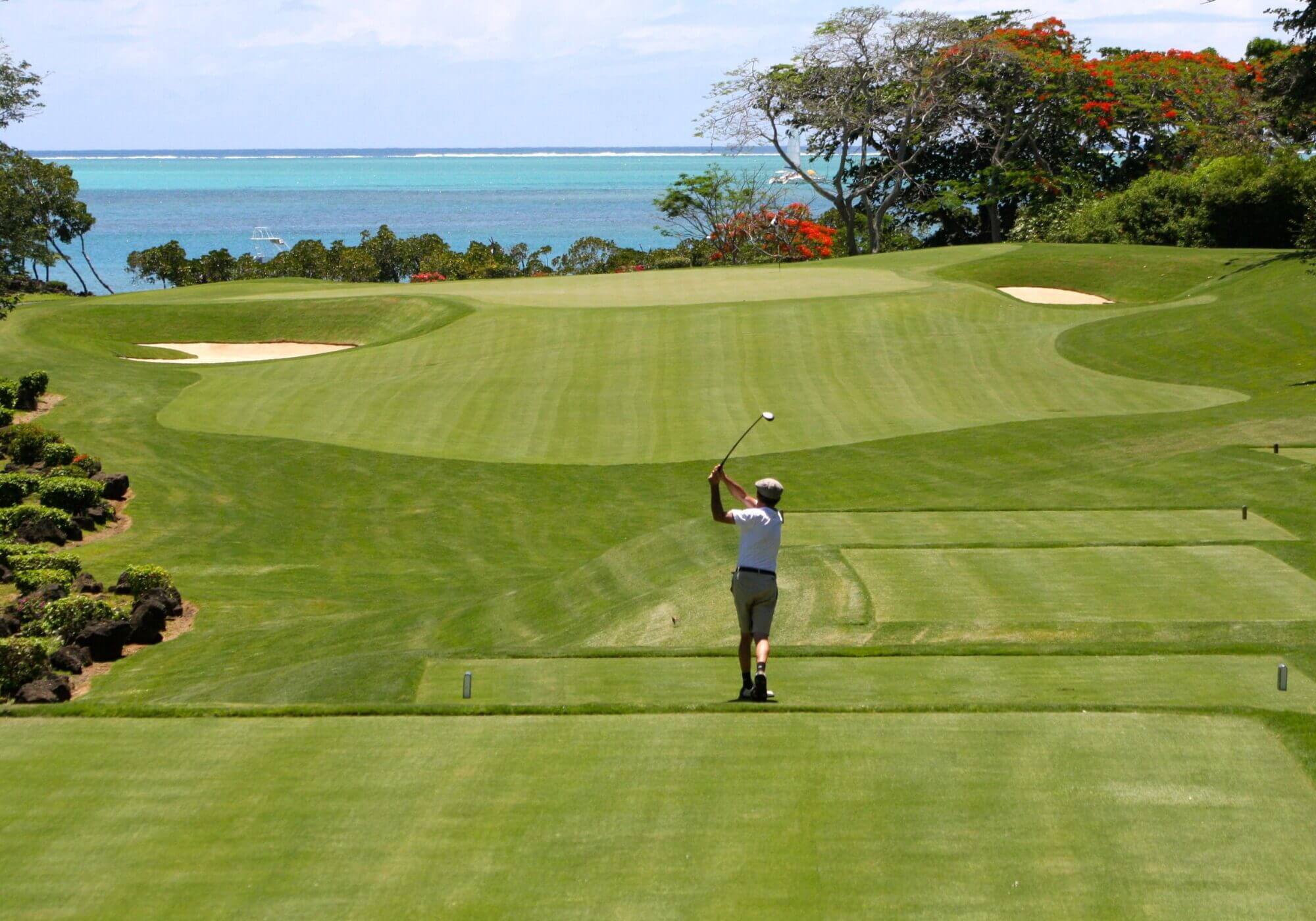

7 Golf Items That Always Get Borrowed By My Playing Partners
Do you ever feel like you’re constantly borrowing from other golfers? Or worse, like your gear has become community property by the turn? In every group, there’s that handful of items that somehow never make it into everyone’s bag and yet get used more than anything else. These are the accessories that get borrowed more than anything. And if you’re the one always lending them out? You’ll probably recognize every single one of these.
Ball marker
Some golfers still mark their ball with a tee (or worse, a leaf). But if your ball is actually in someone’s putting line, that doesn’t cut it. That’s where a great ball marker comes in.
The heavy-duty metal markers from Bogey Brothers have a premium feel and a bit of personality. These ball markers come in a variety of designs and they bring a little style and humor if that’s something you’re looking for.
Divot tool
Fixing pitch marks is non-negotiable and sometimes a tee or a quick pat with the putter isn’t enough to fix them. The Tomo Ninja Kit is a serious divot repair tool made from AA7075 aluminum and precision milled.
It feels as sharp as it looks and comes with a case so you don’t reach into your bag and stab yourself. When playing partners borrow this one, it may be less about the pitch mark and more about how cool this is.


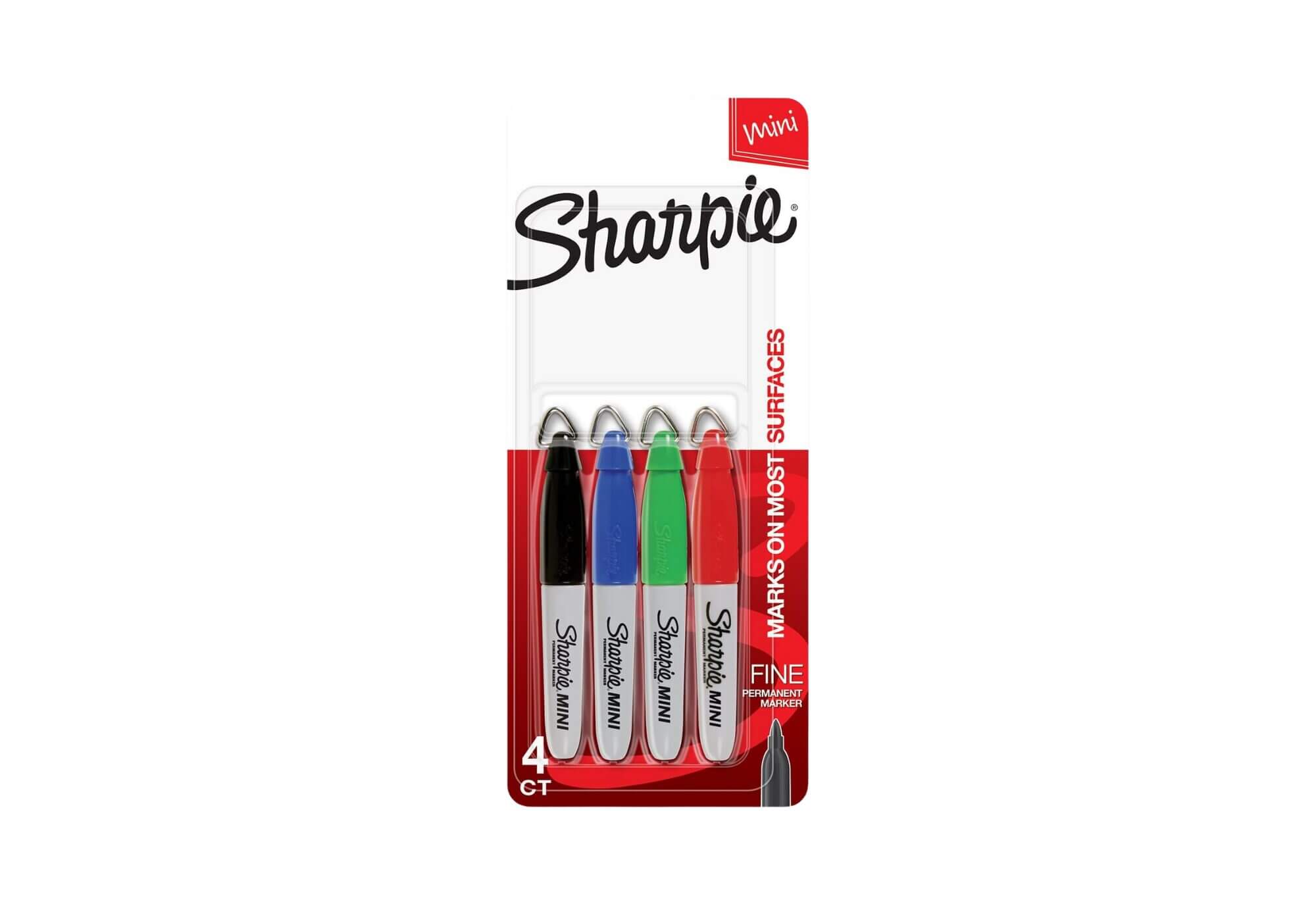



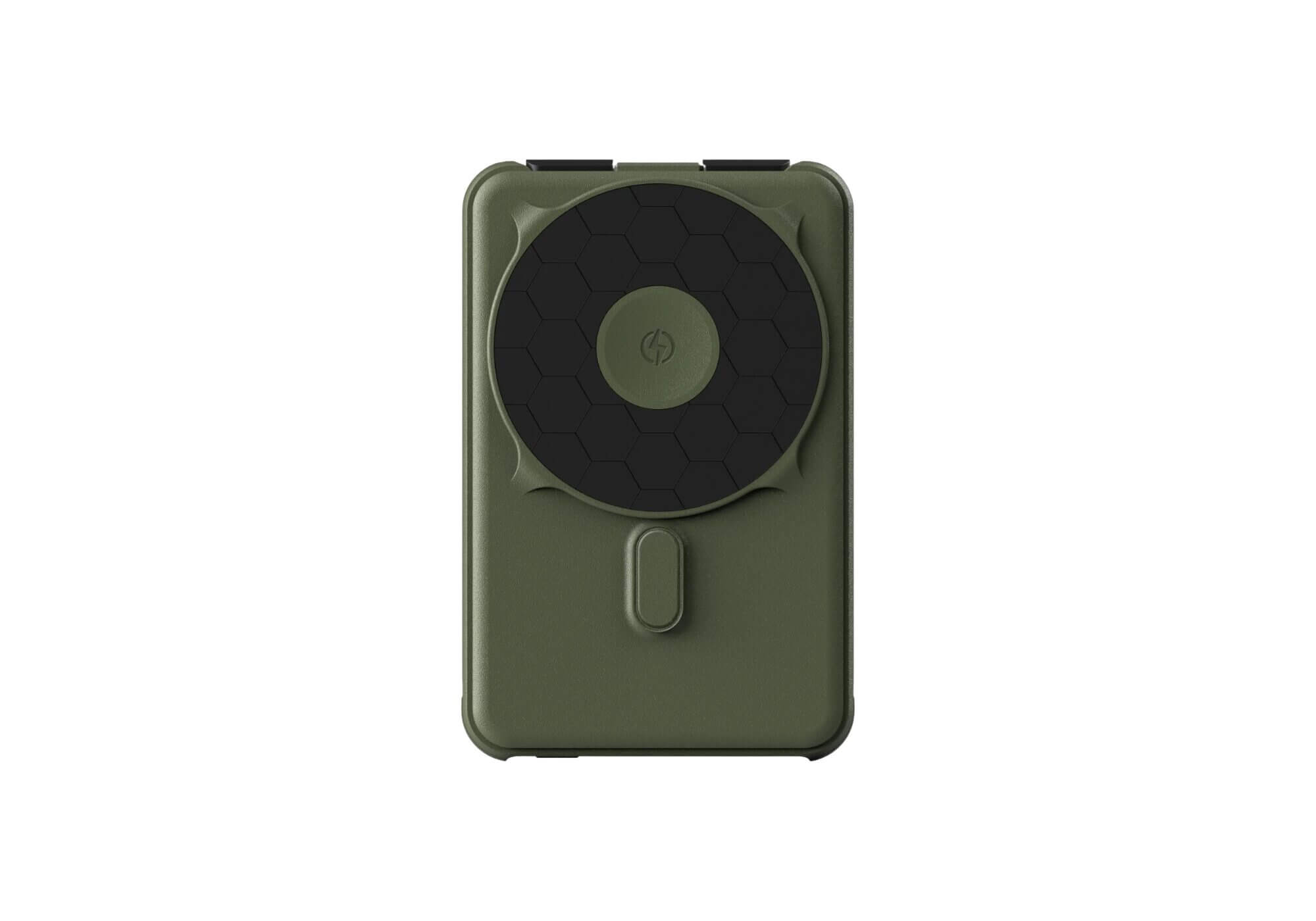
Bryson DeChambeau whiffs shot amid disastrous round at Open
Bryson DeChambeau shot an ugly 78 in Round 1 of the 2025 Open Championship which included a shocking whiff in deep rough at Royal Portrush.
The post Bryson DeChambeau whiffs shot amid disastrous round at Open appeared first on Golf.
2025 Open Championship Friday TV coverage: How to watch Round 2 at Royal Portrush
How to watch the 2025 Open Championship on Friday at Royal Portrush, including full Open TV coverage and streaming details for Round 2.
The post 2025 Open Championship Friday TV coverage: How to watch Round 2 at Royal Portrush appeared first on Golf.
Martin on point, takes early lead at Barracuda
Ben Martin scored 16 points Thursday to take a two-point lead over David Lipsky and Nick Watney after the first round of the Barracuda Championship.
'You've got to thread it': Why hole No. 1 is playing a big part in this year's Open Championship
Playing the first hole at Royal Portrush well or poorly could determine who hoists the Claret Jug on Sunday.
Five atop Open, most after 18 holes since 1938
Matt Fitzpatrick, Jacob Skov Olesen, Haotong Li, Christiaan Bezuidenhout and Harris English share the first-round lead at the Open Championship at 4-under 67.
McIlroy rebounds at Portrush, in mix following 70
Six years after recording a quadruple-bogey 8 on No. 1 at Royal Portrush, Rory McIlroy carded a bogey-5 en route to a 1-under 70 that left him right in the mix at the Open. "I didn't feel like I was walking into the unknown this time around," he said.

